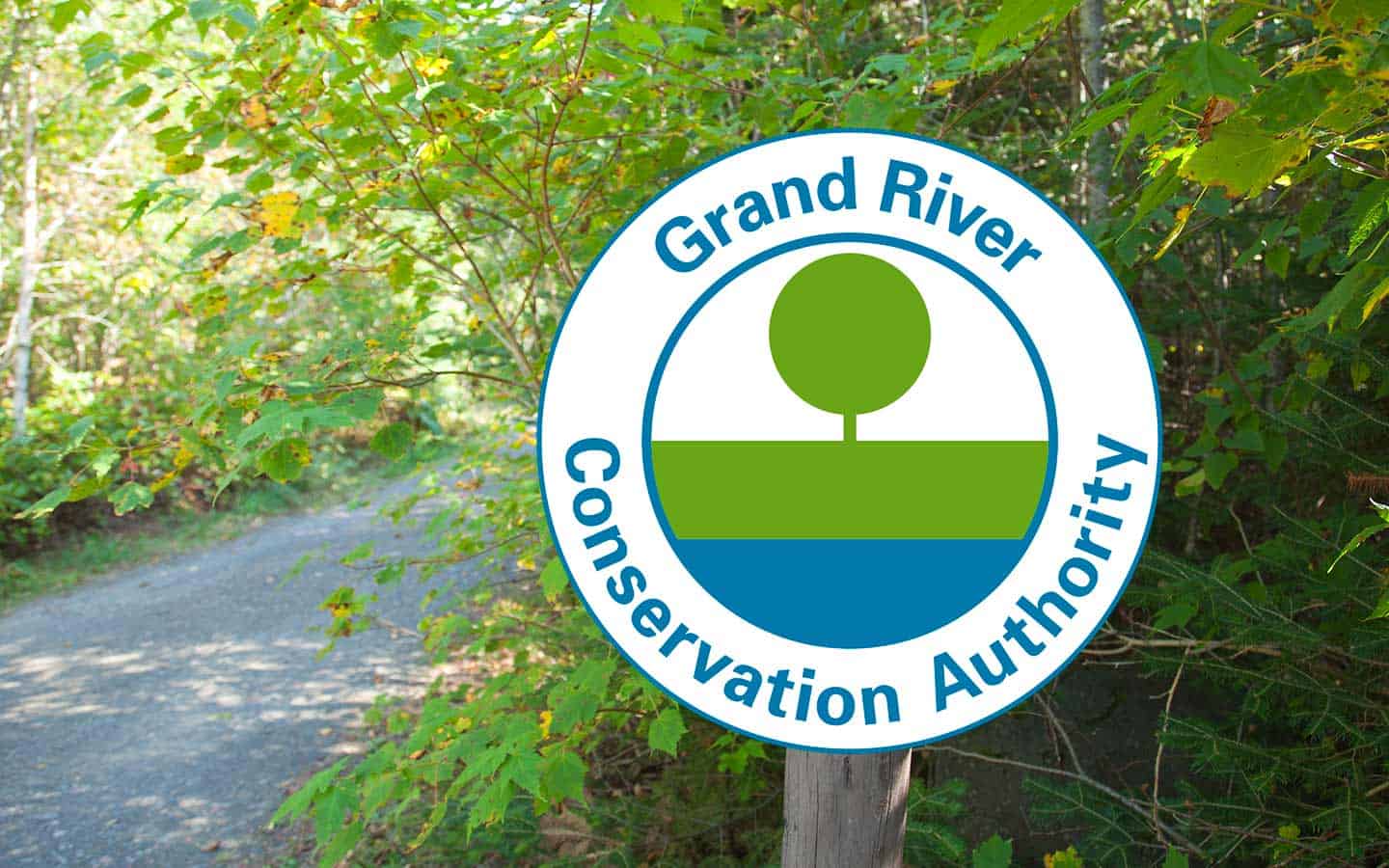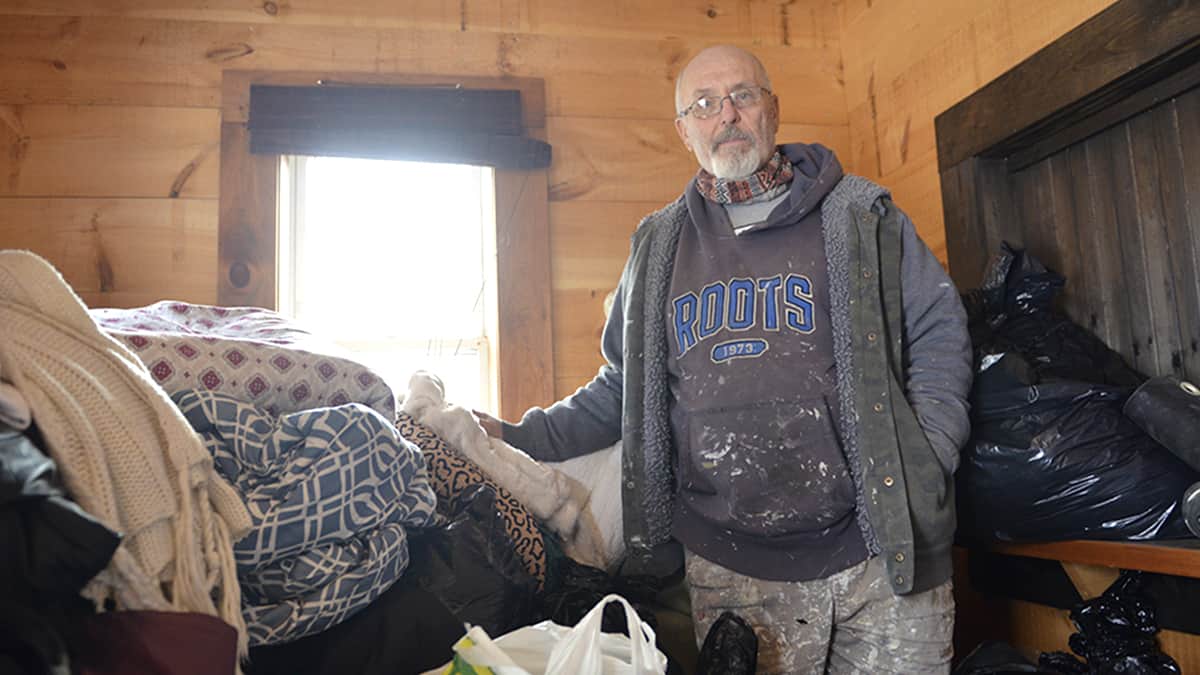Grand River Watershed — The Grand River Conservation Authority is waiting to find out more about how Bill 229 — the Protect, Support and Recover from COVID-19 Act — will affect its work to protect drinking water and mitigate the impact of flooding.
The omnibus budget bill passed its third reading and received royal assent on Tuesday after just over a month in the legislature.
Included was ‘schedule six’ which introduced significant changes to the Conservation Authorities Act and gave the province complete control over conservation authorities’ permitting process for development.
This included a last-minute addition of an amendment requiring conservation authorities to issue development permissions if the Minister of Municipal Affairs and Housing issues a minister’s zoning order in an area not located in the Greenbelt. A minister’s zoning order bypasses public input and forces a zone change.
The Ministry of Municipal Housing and Affairs stresses that the use of minister’s zoning orders will not apply in the Greenbelt, which includes several hundred thousand hectares of agricultural and natural land mainly surrounding the Greater Toronto Area.
“These amendments would not apply in the Greenbelt,” says Conrad Spezowka, a spokesperson for the ministry of Municipal Affairs and housing in an email. “The Minister has been clear that we will protect the Greenbelt for future generations.”
Only small portions of the Grand River watershed lie within the Greenbelt, including very small parts of Wellington County and Waterloo Region, and the small portions of the Grand River watershed that lie within Halton Region and Hamilton municipal boundaries. Much of the Grand River watershed is unprotected by the new legislation.
“We’re trying to predict just how much they will make use of the minister’s zoning order opportunity to override conservation authorities’ science-based decision-making. We’re really unclear about how much they want to do that,” says Helen Jowett, chair of the Grand River Conservation Authority board of directors.
“We need them to define more stringently exactly where they intend to use these minister’s zoning orders.”
“I don’t know where to move forward because I’m trying to figure out just how much interference, how much vulnerability in the watershed can happen here.”
Spezowka went on to say the province is working to ensure priority development projects are not delayed, while protecting the environment.
“In order expedite these projects — where permits from conservation authorities are required, the conservation authorities will lead the issuance of permits for projects accelerated by minister’s zoning orders,” he said.
Permissions granted will require the conservation authority to enter into agreements with the permit-seeker to manage against any potential impacts to natural hazards like flooding and erosion.
The province also recently announced $30 million toward restoring wetlands.
The Grand River Conservation Authority is responsible for managing the impacts of flooding and erosion and has a leadership role in keeping drinking water safe for nearly one million residents in its watershed.
This has meant the conservation authority takes part in regulating development and engaging in the review and appeal of municipal planning applications from a holistic watershed perspective, says Lisa Stocco, manager of communications for the Grand River Conservation Authority.
Stocco says over the long term, the province’s takeover planning permits, “may change how and where growth and development occurs, with potentially significant impacts on the environment, in particular the functioning of our rivers, streams, wetlands and groundwater.
“These potential impacts may affect the sources of municipal drinking water, impacting the communities and businesses in our watershed.”
The conservation authority lists its water-management work on grandriver.ca. Some highlights include:
- measuring and working to improve water quality in surface water;
- monitoring the quantity and quality of groundwater supply (which the conservation authority estimates is the source for 69 per cent of the watershed’s municipal drinking-water supply);
- leading the protection of municipal drinking water supply and implementing a plan to protect source water as mandated by the provincial Clean Water Act;
- helping municipalities improve wastewater treatment;
- developing a watershed-wide Water Management Plan. The 2020 status update on how this plan has been working is found on grandriver.ca.
Leah Gerber’s reporting is funded by the Canadian government through its Local Journalism Initiative. The funding allows her to report on stories about the Grand River Watershed.









